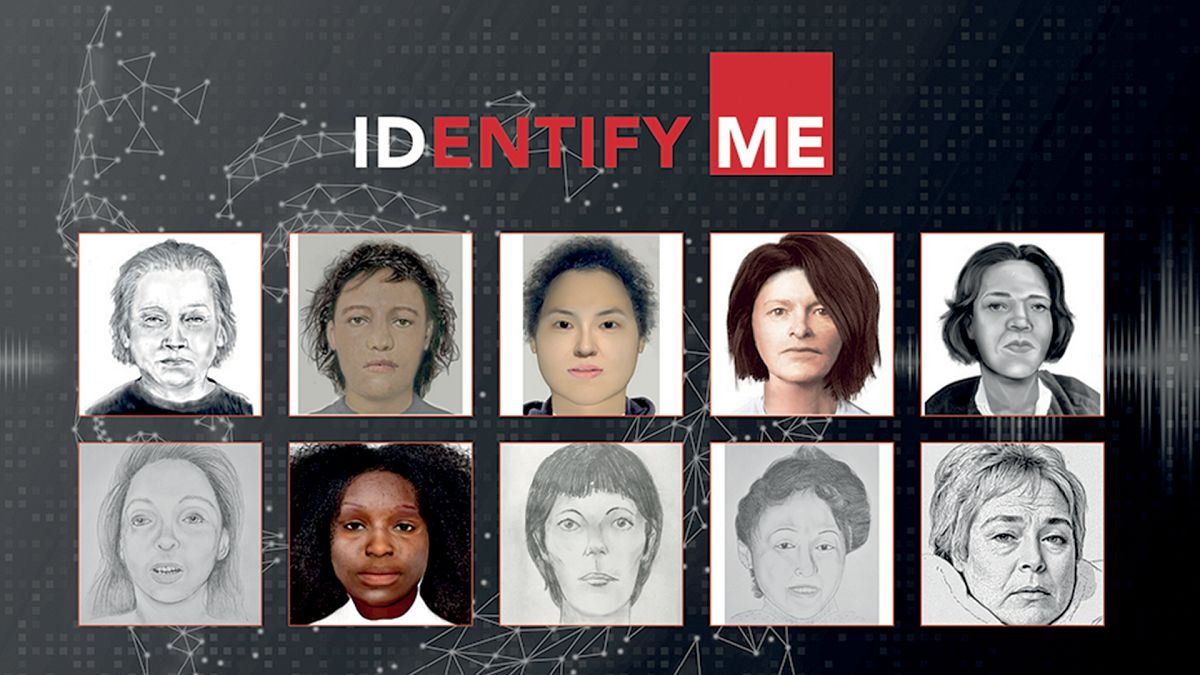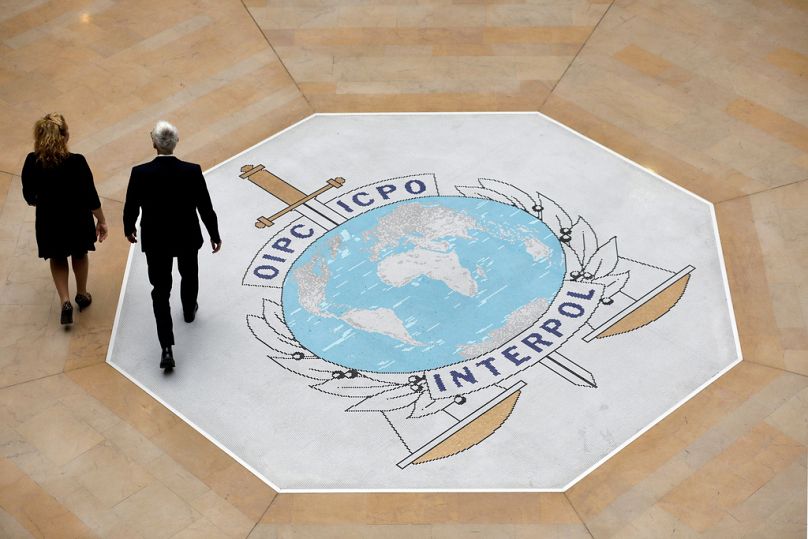
Shortly after Rita Roberts moved to the Netherlands from her native Cardiff, her family stopped receiving her letters and postcards.
At first, they suspected little; this was the early 1990s, after all, and you couldn’t just pick up the phone or ask how someone was doing via a messaging app.
But first weeks then months went by with nothing but radio silence.
Rita was in her early 30s. She knew the Netherlands well, having visited many times before the move, and it wasn’t impossible that she was caught up in making a life for herself or just enjoying finally being out of her home town for good.
And yet, a niggling sense of dread persisted. An El-Al plane crashed into a residential building in Amsterdam in October 1992, and Rita’s family came to believe she might have been among the many yet-to-be-identified victims.
Her sister Donna wasn’t convinced. A gut feeling told her that was not the answer.
“It was easy to think that she died in that plane crash than to let your mind go to dark places,” Donna, the sister of Rita Roberts, said.
“Maybe she had enough of this family, she’s gone, she’s married this person, she’s gone to have children — she’s gotten on with her life.”
- Interpol chief: we need global response to tackle ‘epidemic of transnational organised crime’
Meanwhile, people came to the Roberts’ with all kinds of “whispers,” as Donna put it, claiming she had been seen as far away as Morocco. Donna mounted a search of her own, asking everyone from the BBC’s Crimewatch and the Salvation Army to solicitors in Rotterdam — another place Rita might have moved to — in hopes of tracking her sister down.
Yet, there was nothing.
The painful search for answers dragged on until last year when an Interpol initiative called “Identify Me” made 22 cases of unidentified deceased women public.
Within two days, Rita’s family spotted an image of a familiar rose tattoo in the news coverage. They reached out to Interpol, and Rita’s body was identified.
She had been found in Antwerp in 1992, having been violently killed, but authorities had never established who she was.
Now, Interpol is embarking on a wider search, asking people worldwide to help identify 46 women — many of whom are believed to have been murdered — across six European countries in hopes of bringing closure to loved ones and solving cases gone cold.
‘A memory, a tip, a shared story’
What was originally a Belgian, Dutch and German initiative has been expanded to France, Italy and Spain, where authorities believe that answers to the cases might lie across borders.
Interpol and domestic authorities have pulled out all the stops, deploying everything from DNA analysis and biometric data to MRI scans and AI. Now, it’s the public’s turn.
“Our goal in the Identify Me campaign is simple. We want to identify the deceased women, bring answers to families, and deliver justice to the victims. But we can’t do it alone,” Interpol Secretary General Jürgen Stock said.
“That is why we are appealing to the public to join us in this effort. Their help could make the difference.”
“Even the smallest piece of information can be vital in helping solve these cold cases. Whether it is a memory, a tip, or a shared story, the smallest detail could help uncover the truth. The public could be the key to unlocking a name, a past, and in delivering long-overdue justice.”

Looking through the materials provided by Interpol is far from easy. Flick through the cards, and each case leaves you asking questions: how did this woman die? Who killed her and why?
Their reconstructed faces seemingly look straight at the viewer, some of them almost smiling — a jarring contrast to the fact that many of the victims were found in such a state that the investigators struggled to put together a useful image.
That’s why, for some, they opted to use photos of items found with the bodies: a ring with an inscription, a colourful piece of clothing, a black travel bag one of the victim’s bodies was found in.
In some cases, there’s only a tattoo — just like the one used to identify Rita Roberts.
Although the information they have is sometimes just a fragment, Interpol’s experts believe it could be enough to jog someone’s memory or prompt loved ones to reach out.
No stone unturned, all tips welcome
Last year, investigators received nearly 2,000 tips and a total of 3 million website hits. This time, they’re hoping to attract much broader interest, and are welcoming all prompts from the public, no matter how minor they might seem.
“We have three or four types of tips that we receive,” Dr François-Xavier Laurent from Interpol’s DNA unit told Euronews.
“The first one is from people close to someone who disappeared. And so they see a photo of an item or face of someone, and then they write to (us) saying, I think it could be my mother, I think it could be my sister, it could be my child.
“The second type of message we have is from the public — they don’t really know the person directly, but they’ve seen a missing person case on the website or they’ve been going through Google, trying to help the police and then they have found a lead.
“And then the rest of the messages, it can be information about something that was seen in one of the pictures, so maybe they saw a type of jewellery or earrings and then they say, oh, I have a similar one, I bought it in this store in the country on this date so maybe this could help and, you know, sometimes it does help.”
Unlike in fiction, where hardened gumshoe detectives turn their noses up when approached by amateur internet sleuths, in real life, Interpol wants to hear from everyone.
- Interpol is seeking public’s help in European cold case murders
“Don’t hesitate to contact contact us with any leads because we review every single message and we really believe that the public can help us close some of these cases,” Dr Laurent said.
“Some women were murdered in a very remote place, for example, they had almost nothing on them. There is no current lead that could help with the identification. So we really believe that somewhere someone on the planet knows something.”
In the VHS family footage provided by Donna Roberts, you can instantly spot Rita, a young, smiling woman, as she enters the room and sits on the sofa. Soon enough, a chocolate-maned dog comes to her and climbs into her lap. Everyone in the room bursts into laughter.
“Rita was a tough, independent woman, and she took no nonsense. She stood up for family and friends,” Donna said. “She was a joyful personality, her life was full of colour, and she brought colour into my younger life.
“She’ll always be a part of the person I am today.”





